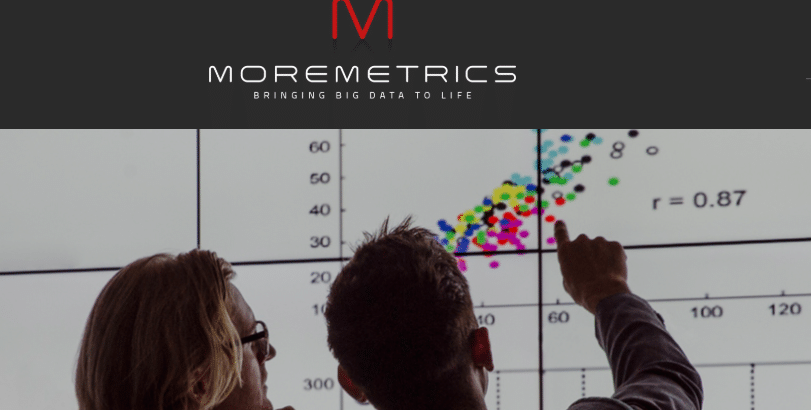
Using open source, publicly available data, More Metrics has created a new set of data models that explore the impact of COVID-19 on the UK population. REaD Group can advise marketers on how to apply the available data to make sensible, sensitive decisions and inform their marketing strategy, supporting data-driven decisions and responsible marketing.
More Metrics uses a wide range of data to create models at both postcode and individual/solo level. These models can help brands ensure they are targeting their marketing messages, optimising contact with customers and increasing ROI. Data used to create these models is publicly available and generally focuses on health and wealth factors – ideal for the current situation.
More Metrics has used existing and new datasets to create 14 risk measurements relevant to COVID-19, including Age and Household Composition: Mortality and Co-Morbidity; Economic Resilience; Risk Engagement and Infection Rates.
The comparison of risk factors and infection rates at a local level suggests that there are associations between the two. For example, the datasets have shown:
• High infection rates are dominated by London and occurring in locations with higher overcrowding risks and higher overall engagement risk (this could mean a less rigorous adherence to lockdown advice in these locations)
• One reason for the high infection rates seen in London is due to timing. London was infected early before lockdown measures came into force whereas many other areas were in lockdown before the infection took hold.
• When we account for this timing effect, we estimate that neighbourhoods across the country with a similar geo-demographic mix are just as likely to be affected as each other. Neighbourhoods with residents who live in more overcrowded conditions and/or use public transport more and/or have a higher proportion of workers in industries engaging with the general public are most at risk of high COVID-19 infection rates.
Brands and marketers will be able to use these datasets for:
• Screening to deselect vulnerable consumers for campaigns
• Attaching codes to inbound contact data to understand the consumer they are talking to
• Adding the data to models to ensure these factors are considered when selecting consumers for campaigns
The data is available at a range of different geographic levels: the application of each is dependent on usage. At the lowest level the models are created at OA (Output Area) level and can be attached to any individual or household with a postcode: the recommended level for most marketing applications.
More Metrics will update the data on a weekly basis to enable the track of infection rates at a local level over time across the UK.
